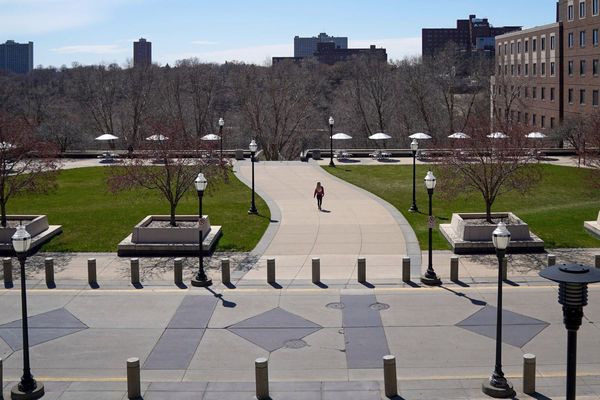
The rebound in revenue and leaner cost structures can drive up operating profitability by 200-400 basis points this fiscal compared with FY20, as per a Crisil Ratings analysis of hotels with aggregate 30,000 rooms across categories.
Nitesh Jain, director at the ratings agency, said, “After the second wave of Covid-19, the average room rent (ARR) had reached 85-90% and occupancy 80-85% of the pre-pandemic levels, before the third wave impaired the last quarter. To be sure, Covid-19 cases are sprouting again, but with no strict lockdowns and significant — and widening — vaccination coverage, both average room rates and occupancy should recover from this quarter. But the pace of recovery will vary by the category of hotels."
In hospitality, ADR measures the average daily rate of hotel rooms, ARRs track room rates over a longer period of time - monthly or weekly basis.
For properties in tourist destinations such as Udaipur and Goa, which lean towards leisure travel, ARR and occupancy surpassed the pre-pandemic levels in the third quarter of last fiscal, led by demand for staycations and the wedding season. While international flights have commenced, the flow of inbound tourists — a key user segment — may be slow to pick up. But high pent-up demand from domestic travellers would provide an offset.
The mid-premium and budget segment hotels, with ARR of ₹3,000-5,000, benefited from upgrades by small and medium enterprise (SME) clients due to hygiene concerns amid the pandemic.
This segment saw both ARR and occupancy recovering to 80-85% of the pre-pandemic levels, and should rebound fully in the first half of this fiscal. Luxury business hotels, which were slower to track back because of their high dependence on corporate travel, should also pick up pace now with offices reopening.
Rakshit Kachhal, associate director of the ratings agency added, “Hotels had pruned fixed costs over the past two years by reducing headcount per room, increasing the use of technology in areas such as room service, and cutting down on expenses such as power, sales and promotions, and commissions and discounts. While the rebound in occupancy will mean an increase in some of these costs, hotels will likely hold on to cost efficiency, and the leaner cost structure should help them serve a sharp recovery in profitability. The ability to maintain service standards with leaner cost structures will be monitorable."
Improving profitability, along with government support by way of low-cost borrowing facility under the Emergency Line of Credit Guarantee Scheme, will see interest coverage return nearly to the pre-pandemic level of 2.0-2.2 times this fiscal.
However, the debt to equity ratio will remain weak at 1.2 times (0.8 time before the pandemic) as companies loaded up debt and incurred losses during the pandemic.
The agency said it expects a sustained recovery which will lead to a gradual improvement in the sector’s financial leverage over the medium term. While there is a rise in cases of a new variant of Covid-19, the sector remains resilient given people seem more confident outdoors, especially because of wide vaccination coverage. Any constraints on the economic activity or movement of people will bear watching.







